The exhibition reveals the amazing variety of life that can be found using “biocubes”—one-cubic-foot frames used to survey the animals and plants living in an ecosystem. Featuring stunning photographs by David Liittschwager, the exhibition includes biocube-related objects and tools, animal models, hands-on interactives, and videos.
What can you discover in just one cubic foot? As it turns out, a whole lot! Biocube samples—the life within one cubic foot of soil or water over one day—capture enough variation to explore the complexity of entire ecosystems. Most of the world’s biodiversity occurs at small scales: organisms hidden in leaf litter, under river rocks, and in the nooks and crannies of environments.
Life in One Cubic Foot beautifully conveys the incredible diversity of natural life around the world.
The exhibition is organized by the Smithsonian Traveling Exhibition Service in collaboration with the Smithsonian’s National Museum of Natural History and is supplemented with Burke Museum research, stories, and collections.
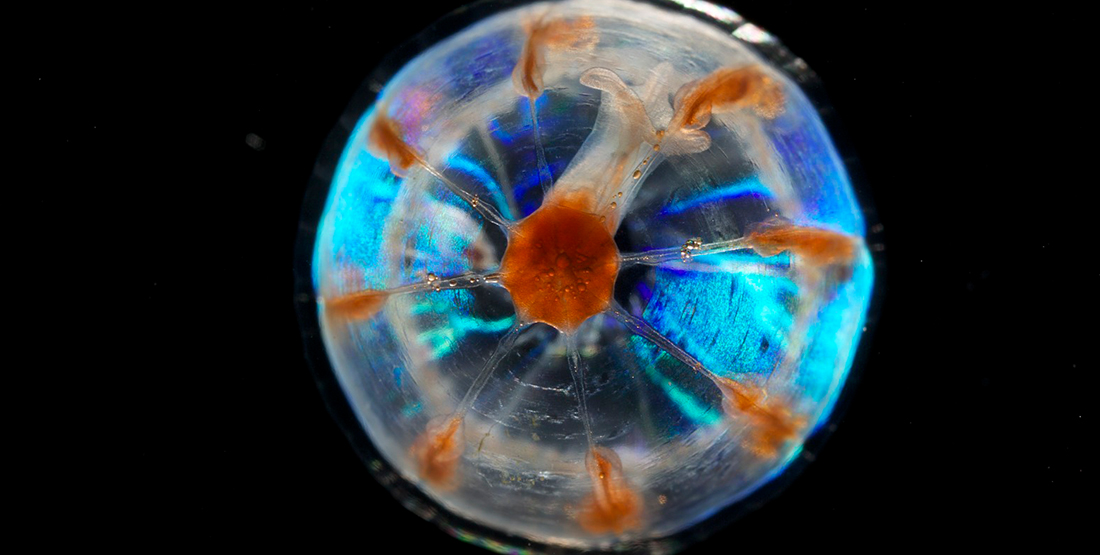
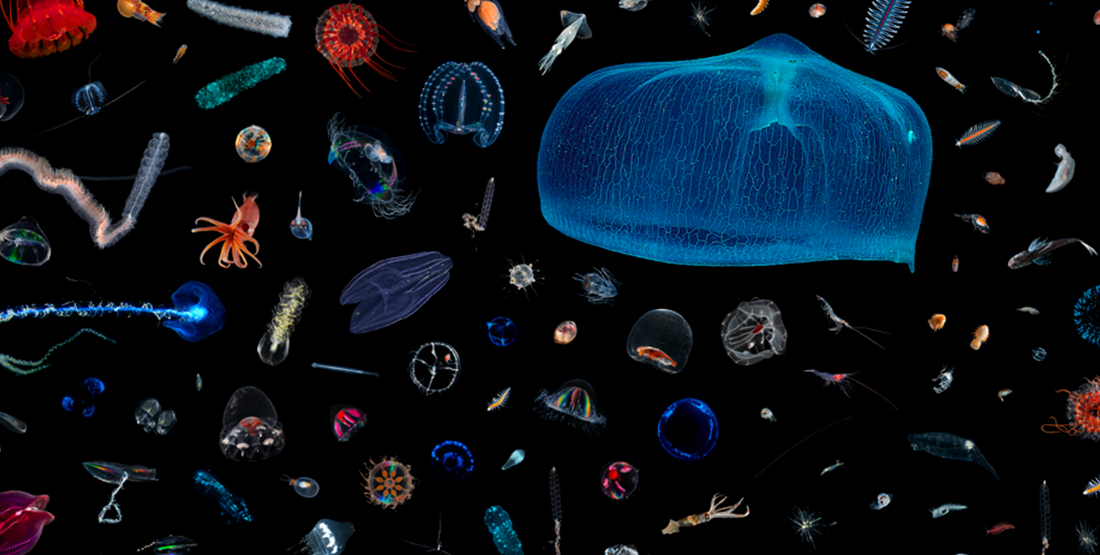
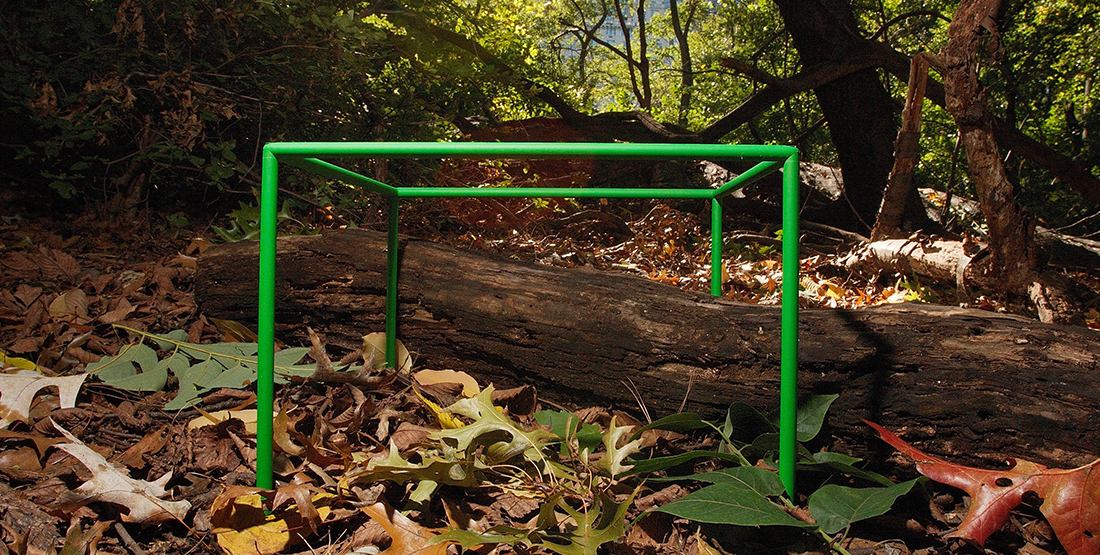
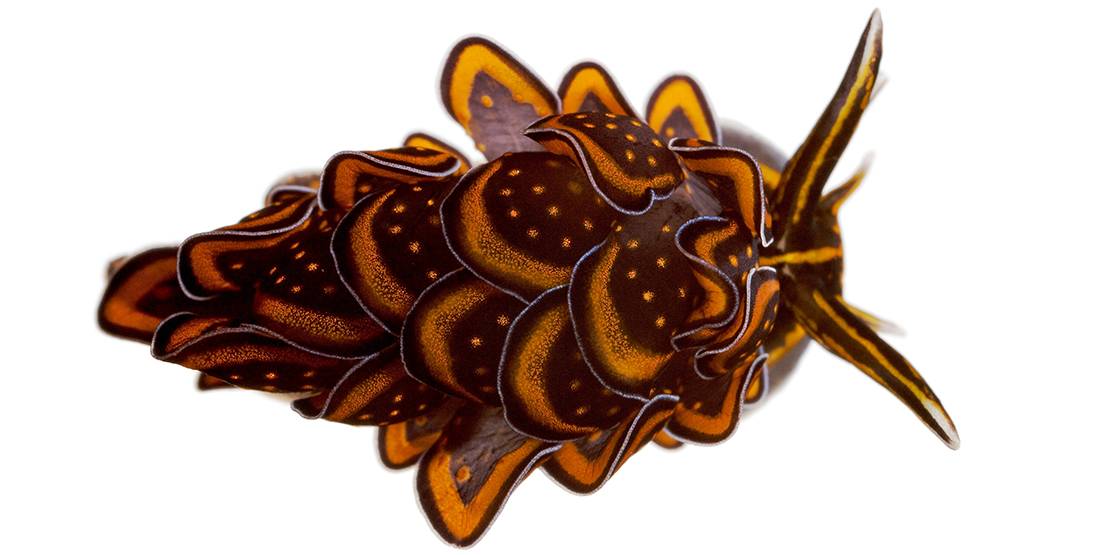
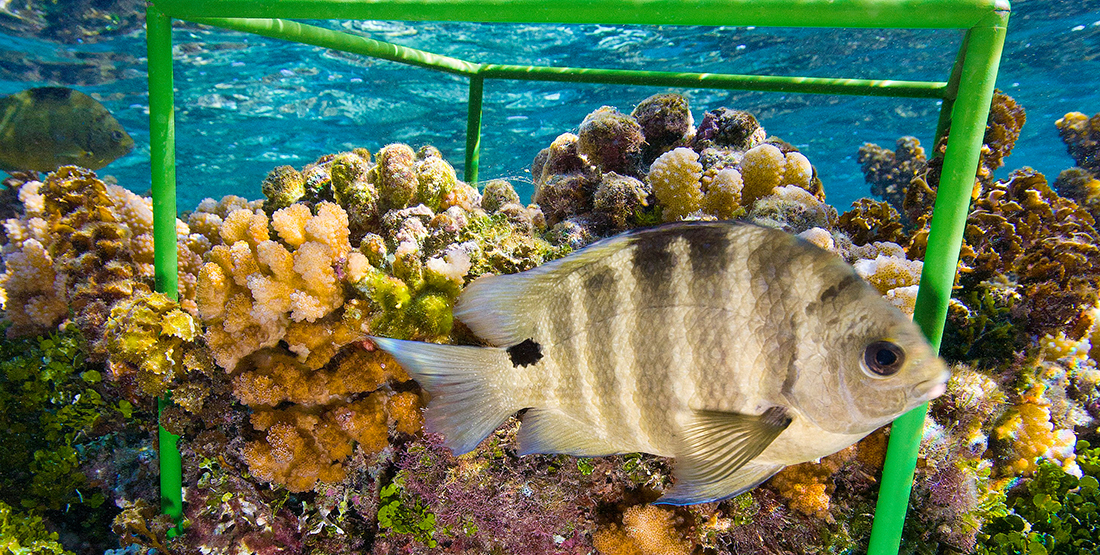
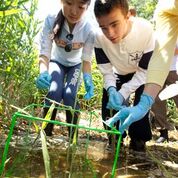
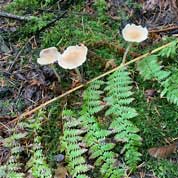
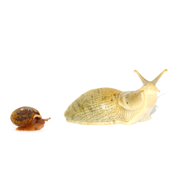 SLIME Pacific Northwest
SLIME Pacific Northwest